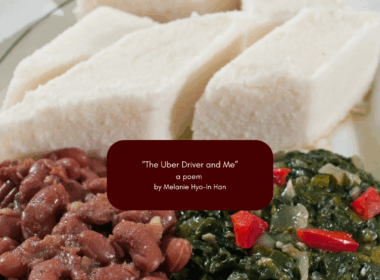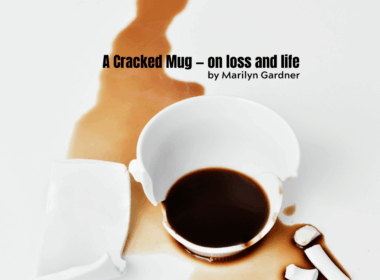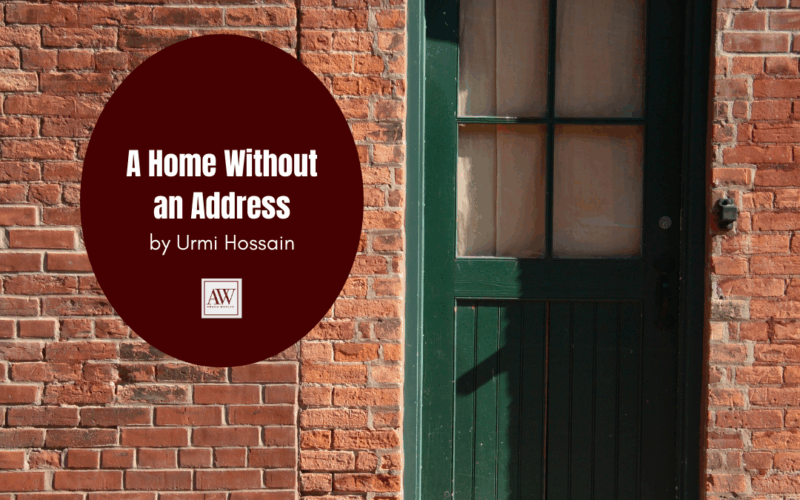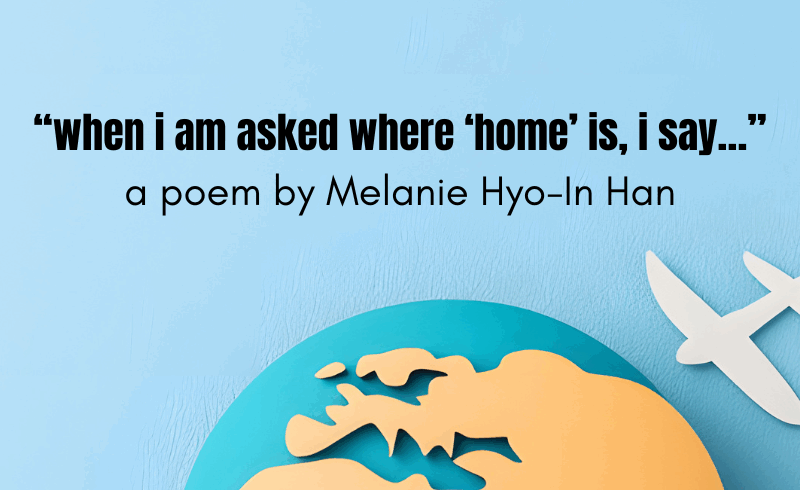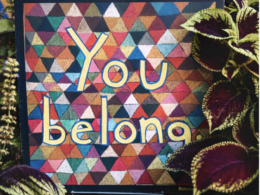This week, Urmi Hossain shares about homesickness for third culture kids. It is hard to understand when you first have to come to grips with what “home” means. It seems unfair compared to monoculture kids who grow up in one home with the same group of friends. Urmi tackles this tricky subject using the stories from a childhood of transition.

I’m often asked, “Do you feel homesick?”
The answer comes instantly: I miss my home. The smell of bakeries in the morning and freshly brewed coffee. The sight of the tram passing by. The early morning walks with my classmates on our way to the bus stop.
As a third culture kid, it’s hard to define what home really means. Is it a place? A person? A feeling? Or maybe all of those things at once? For many people, it’s still uncertain. For me, the answer is simple: it’s a mix of many things.
Before moving to Canada, I lived in several different places. I moved around quite a bit. Each move brought a new city, a new culture, and with it, a new version of “home.”
Just this morning, a colleague said, “You’ve moved around so much during your childhood, while I’ve lived in the same place all my life.” In that moment, I felt a wave of jealousy. I wish I had that — a single city to call my own, the same group of childhood friends, the same corner store, the same house where all my memories were made.
But that’s not my story. My parents moved away from Italy, the country where I was born. I no longer have a physical place to go back to when I think of “home.” And yet, for me, Italy is home. It’s a feeling I carry inside me. It’s where I feel most like myself. It’s where I’ve tasted the best food in the world and where my most precious memories live.
No matter how many years pass, the feeling of homesickness and nostalgia stays with me. Especially in the hardest moments, when I long for safety and comfort.
I wish I had that — a single city to call my own, the same group of childhood friends, the same corner store, the same house where all my memories were made.
I come from a modest family. We lived in a small apartment with two bedrooms, a kitchen, a living room, and a single bathroom. We didn’t have air conditioning. We didn’t have extra luxuries. But we had everything that made it feel like home.
The kitchen was the heart of it all. That’s where I used to watch Dawson’s Creek, Smallville, and One Tree Hill — because I’m from that millennial generation when everything was still mostly offline. It’s also where I spent countless nights studying for exams — a time in my life I wouldn’t trade for anything.
Even Saturdays were school days. Every morning started with a chocolate croissant. The taste was unmatched — because, let’s be honest, Italy makes one of the best croissants in the world.
The food was my favorite part of growing up in Italy. But I’m not talking about the kind of food tourists eat when they visit Rome or Florence. I mean the real Italian snacks — the kind you can only find in Italy. Like the endless varieties of Kinder chocolates, I’ve never seen anywhere else. Or the juice boxes that just taste different — because they are.
At school, during break time, we always had “panino con la Nutella” — bread with Nutella. And even the Nutella tasted different back then. Every time I see bread and Nutella today, I’m instantly transported back to those school hallways. The bell would ring at 11:00 a.m. for our 15-minute break, and I would run straight to the cafeteria for my panino.
Another fond memory: working as a school librarian. Every Monday afternoon, two of my friends and I would organize the library shelves. Truthfully, we spent most of that time laughing and chatting. Whenever I walk into a library now, I think of those afternoons — and how simple teenage life was.
My homesickness is tied deeply to these memories. Most of them are set in Milan, the city that holds the most vivid parts of my childhood. I feel it when I bite into a cannoli, sip a real espresso, or walk down a street that reminds me of a European town. I feel at home. I miss it all — deeply.
But over time, I’ve learned something: no matter where I am in the world, I can recreate those moments through flavors, scents, and small routines that make me feel like me again.

Home will always be a mix of memories, smells, tastes, and feelings. It’s the sound of the tram. The laughter of my classmates. The warmth of a croissant in the morning. Even if I don’t have a physical address to go back to, I carry my home with me — in the stories I tell, the food I love, and the memories I’ll never let go of.
Being a third culture kid means having a heart that belongs to many places at once. It means learning to find pieces of home wherever you are. And while I may never return to that exact kitchen, that street, or that school library — I know those memories are forever mine. Beautiful, Unforgettable, and Uniquely Mine.

Urmi Hossain is Bengali by blood and Italian by birth. She works in the financial services industry in Canada, where she is currently residing. She is a self-published author, speaker, blogger, polyglot, and mentor. She is the holder of the CFA and CAIA charter. She advocates women’s empowerment and is very passionate about teaching and mentoring other girls and women. She is part of the Women In Leadership for the Victoria Chapter in Canada as the social media lead where she spreads the message of gender equality and more women in leadership positions. She enjoys being a promoter of self-investing and personal development. In her free time, she enjoys reading books and practicing Muay Thai. She has lived in Italy, UK and now lives in Canada.
Other places to find Urmi: LinkedIn, YouTube Channel, Instagram, and Blog , or read her book, Discovering Your Identity: A Rebirth From Interracial Struggle.



